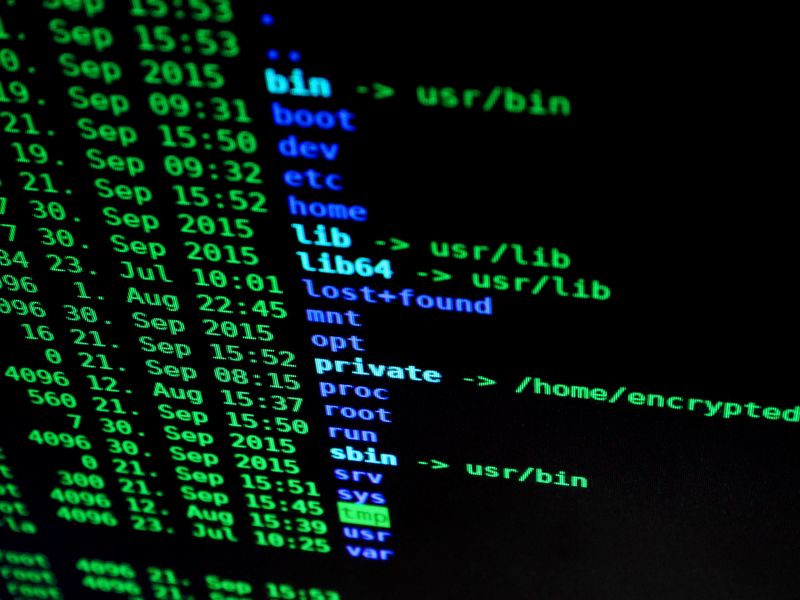The IT Professional’s Blueprint for Compliance
Introduction
In our increasingly digitized world, data breaches and cybersecurity threats have become significant concerns for individuals and organizations alike. Businesses, in particular, recognize the importance of protecting sensitive information and complying with industry standards. For IT professionals, having a clear understanding of various compliance frameworks such as HIPAA, NIST, CIS-CSC, Essential Eight, and Cyber Essentials is crucial. This article aims to provide a comprehensive guide on aligning with these frameworks and implementing effective security measures.
Understanding the Frameworks
HIPAA (Health Insurance Portability and Accountability Act)
HIPAA is a US law that establishes data privacy and security provisions for safeguarding medical information. IT professionals working in healthcare organizations must ensure that systems and processes align with HIPAA standards. This includes implementing adequate physical, technical, and administrative safeguards to protect sensitive patient data.
NIST (National Institute of Standards and Technology)
NIST provides a framework for improving cybersecurity in both public and private sectors. Its guidelines outline a risk-based approach to managing cybersecurity threats and offer best practices for safeguarding data. IT professionals should familiarize themselves with the NIST Cybersecurity Framework, which provides a strong foundation for developing robust security protocols.
CIS-CSC (Center for Internet Security Critical Security Controls)
The CIS-CSC is a set of 20 security controls designed to protect organizations from common cyber threats. IT professionals can utilize these controls to mitigate vulnerabilities, detect potential intrusions, and respond effectively to security incidents. Implementing CIS-CSC measures allows organizations to establish a proactive security posture.
Essential Eight
Developed by the Australian Cyber Security Centre, the Essential Eight is a prioritized list of mitigation strategies for organizations to defend against cyber threats. IT professionals should integrate these strategies into their security frameworks to enhance overall security posture. The Essential Eight focuses on key areas such as application whitelisting, patching applications, and limiting administrative privileges.
Cyber Essentials
The Cyber Essentials program, created by the UK government, provides a set of basic cybersecurity controls that organizations can implement to protect against common cyber threats. IT professionals should guide their organizations in achieving Cyber Essentials certification, which demonstrates their commitment to cyber hygiene and data protection.
Implementing Security Measures
Continuous Education and Training
Keeping up with the rapidly evolving field of cybersecurity is essential. IT professionals should stay informed about the latest threats, mitigation techniques, and compliance requirements. Continuous education and training programs help IT professionals stay ahead of cybercriminals and ensure that their organizations’ security measures are up to date.
Implement Strong Password Policies
Passwords are often the weakest link in an organization’s security defenses. IT professionals should enforce strong password policies that include using complex passwords, regularly updating passwords, and implementing multi-factor authentication (MFA) whenever possible.
Regular Vulnerability Scanning and Patch Management
Performing regular vulnerability scans identifies potential risks and vulnerabilities in an organization’s systems. IT professionals should conduct these assessments regularly, prioritize remediation efforts, and keep all software and systems up to date with the latest patches and security updates.
Create an Incident Response Plan
Preparing for a potential data breach or security incident is crucial. IT professionals should collaborate with stakeholders to develop a comprehensive incident response plan that outlines roles, responsibilities, and procedures for mitigating and responding to security incidents. Regularly testing and updating the plan will ensure its effectiveness when an incident occurs.
Editorial
Cybersecurity is not a one-time investment but an ongoing commitment in the digital age. The IT professionals’ blueprint for compliance outlined in this article is a starting point for organizations to protect their data and systems. Compliance with industry frameworks such as HIPAA, NIST, CIS-CSC, Essential Eight, and Cyber Essentials is not only a legal requirement in some cases but also demonstrates a commitment to data protection and privacy.
While regulatory frameworks provide guidance, it is essential for organizations to go beyond mere compliance and adopt a holistic security approach. Organizations should develop a culture of cybersecurity by educating employees about best practices, conducting regular security awareness training, and promoting a sense of collective responsibility for protecting sensitive information.
Conclusion
In an era marked by increasing cybersecurity threats and data breaches, IT professionals bear the responsibility of safeguarding data and maintaining compliance with regulatory frameworks. By aligning with frameworks such as HIPAA, NIST, CIS-CSC, Essential Eight, and Cyber Essentials, and implementing effective security measures, IT professionals can better protect organizations from evolving threats. Continuous education, strong password policies, vulnerability scanning, and incident response planning are critical components of a robust security strategy. Embracing a proactive and comprehensive approach to cybersecurity is essential for organizations in today’s digital landscape.

<< photo by Rayner Simpson >>
The image is for illustrative purposes only and does not depict the actual situation.
You might want to read !
- Title: The Urgency of Securing Adobe Acrobat Reader: A Critical Warning from U.S. Cybersecurity Agency
- The Unprecedented Cyber Attack: Analyzing the Devastating Impact of the Balada Injector on 17,000 WordPress Sites in September 2023.
- How can Protect AI’s 3 Open Source Security Tools Safeguard AI and ML?
- The Rise of Keystroke Exploits: A Stealthy Threat to Password Security
- Zenbleed: Unmasking the Vulnerability of CPU Performance to Password Security Threats
- The Evolution of Passwords: Decoding George Washington’s Digital Identity
- The Necessity and Support of NIST in Dealing with Breaches
- The Hidden Dangers of APIs: Unveiling the Unknown Risks of Data Sharing
- The Hidden Vulnerabilities of Data Protection: MOVEit Flaw Sparks Massive University Data Breaches
- Enhancing Password Security: Embracing Continuous Monitoring for Breached Passwords
- Editorial Exploration: Exploring Strategies for Data Protection in the Era of Language Models
Title: Safeguarding Data in the Age of LLMs: Strategies and Solutions Explored
- Bolstering API Security: The Role of Artificial Intelligence
- Are Dutch Municipalities Falling Short in Addressing Security Vulnerabilities?
- Johnson Controls: Battling Ransomware Attacks and Enhancing Cybersecurity Measures




